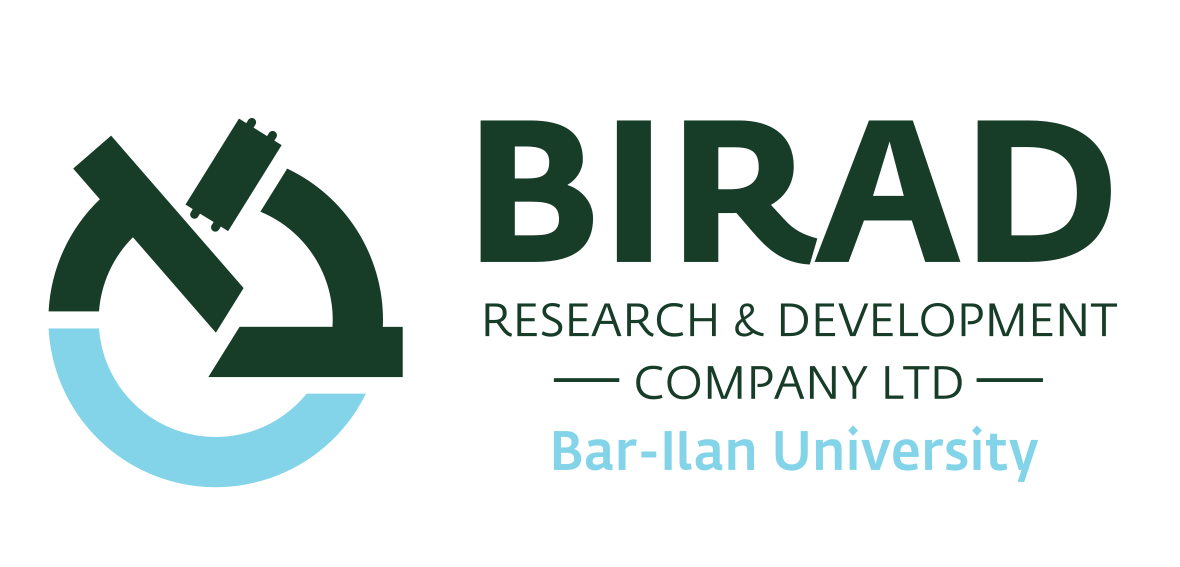Targeting Amyloid Diseases with Self-assembled Cyclic D, L-α-Peptides

The Problem
Protein misfolding and aggregation is the fundamental cause of more than 20 amyloidogenic diseases affecting either the central nervous system or a variety of peripheral tissues. These conditions include Alzheimer’s, Parkinson’s, and Huntington’s diseases, and type II diabetes. For Alzheimer’s disease (AD), the oligomerization of amyloid-beta (Aβ) and tau to soluble oligomers and their accumulation in the brain are believed to be the primary pathogenic events that lead to neuronal cell death, while aggregation of α-synuclein (α-syn), amylin, huntingtin, and superoxide dismutase are responsible for the etiology of Parkinson’s disease (PD), Huntington disease (HD) and amyotrophic lateral sclerosis (ALS), respectively.
However, misfolded proteins do not fully retain their native biological activity and they exist under a dynamic equilibrium between monomeric and oligomeric forms. It is now accepted that soluble aggregates of different amyloidogenic proteins, which are rich in -sheet conformations, are the most toxic species.

The Solution
Our novel discovery is that CP-2 target the formation of toxic oligomers and changes their aggregation process to generate “off-pathway“ intermediates, most probably due to its immense structural and functional similarities to the amyloids.

The Commercial Benefit
This technology may provide a new approach for diagnosis and treatment of amyloidogenic diseases such amyotrophic lateral sclerosis', Alzheimer’s, Parkinson’s, and Huntington’s diseases, and other related diseases in which misfolding and accumulation of proteins in form of toxic oligomers play a pivotal role in their pathogenesis.

Market Potential
Initially, we plan to target to HD that is a rare, genetic, neurodegenerative disease resulting in deterioration in mental abilities and physical control. In the U.S., there are approximately 30,000 individuals with symptomatic HD and more than 200,000 people at risk of having inherited HD. There is huge unmet market need to find a cure for this life threatening disease since there is no effective disease-modifying treatment for HD, and current products focus only on managing disease symptoms.

Target Markets/Industries
- Huntington Disease Market Amyotrophic Lateral Sclerosis Disease Market
- Alzheimer Disease Market
- Parkinson Disease Market

Intellectual Property
US granted patent number 9,504,759

Team: Primary Inventor
Prof. Shai Rahimipour
- Prof. Rahimipour is a senior lecturer at the Department of Chemistry of Bar-Ilan University
- Prof. Shai Rahimipour is a returning scientist from the Scripps Research Institute in California.
- Prof. Rahimipour received his Ph.D. from The Weizmann Institute of Science and conducted his postdoctoral research in The Weizmann Institute of Science.
- For the last ten years, Prof. Shai Rahimipour is a member in the editorial board of ARKIVOC Journal.

Future Research
Our new lead candidates will be tested on valid HD animal models and to be transferred to preclinical and clinical regulatory stage.

The Opportunity
Companies are invited to license our patent through a licensing agreement with or without sponsored research.

